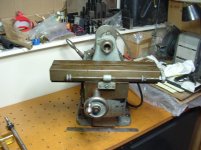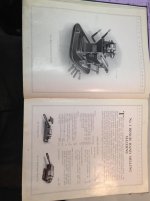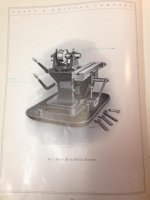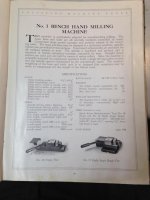aninventor
Aluminum
- Joined
- Dec 31, 2009
- Location
- Ohio - USA
Picked up this little Pratt and Whitney bench top machine as shown in the photos. It was part of the stuff in the Ada Ohio sale discussed here a while back and a few of you may have seen it if you visited.
I believe it is a grinder. No model number on it. No idea what collet or tool taper the spindle takes either. The knee goes up and down, the table traverses left/right, and the head moves fore and aft. All these travels are rapid requiring only a portion of a twist of a dial or lever, and there are no calibrated feed dials. There are locks and travel stops on all axes. It appears to be in reasonably decent condition. Looks like the V belt pulley may be an adaptation, but may be not.
Any info is appreciated, and especially comments on its utility.
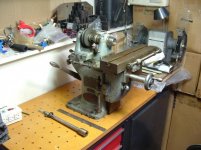

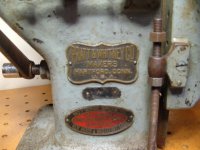

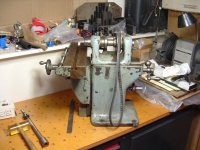
I believe it is a grinder. No model number on it. No idea what collet or tool taper the spindle takes either. The knee goes up and down, the table traverses left/right, and the head moves fore and aft. All these travels are rapid requiring only a portion of a twist of a dial or lever, and there are no calibrated feed dials. There are locks and travel stops on all axes. It appears to be in reasonably decent condition. Looks like the V belt pulley may be an adaptation, but may be not.
Any info is appreciated, and especially comments on its utility.







